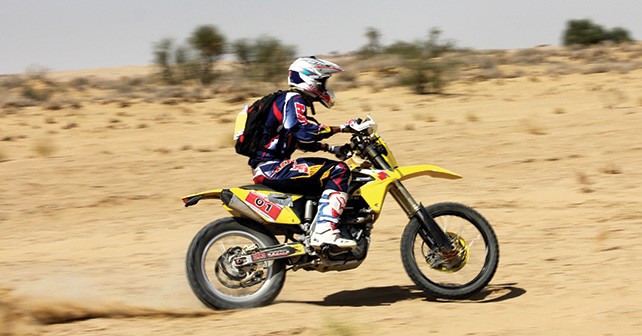It’s not commonly the norm for an auto manufacturer to be the main sponsor for a motorsport event, as it can lead to either accusations or instances of the playing field being skewed in its favour if the event has some sort of prestige attached to it.
One gets the feeling that that is what’s happening with the Maruti-Suzuki Desert Storm, and even India’s signature motorsport event – the Raid-de-Himalaya. And such a feeling is not entirely without merit, given what one comes to hear these days.
In visible terms, one could see that Maruti-Suzuki had no competition from other manufacturers – which was a development one was glad to see in 2012, when Mahindra decided to throw its hat into the ring in the Desert Storm. It was a torrid affair for Mahindra, as their XUV 500 was beset with all kinds of problems. But they stuck to their guns, and eventually it paid off with Sunny Siddhu driving an XUV 500 to victory in last year’s Desert Storm.
It seems that this was a development that did not go down too well with event sponsors, Maruti-Suzuki, whose star driver Suresh Rana had to retire from the event with mechanical difficulties. Rana believes that such problems are a function of his machine lying idle between cross-country events, instead of either competing in the Indian Rally Championship (as he would like to do) or at least being tested properly before an event.
The 2014 Dakshin Dare saw the regulations change with the engine capacity of the cars restricted to 2.2-litres, and then prior to this year’s Desert Storm the regulations were changed again to put a restrictor on turbocharged cars.
The change affected Mahindra the most, as their XUV 500 is a turbo-diesel machine. So the question that needs to be asked is whether Maruti simply treating events like the Desert Storm as its personal advertising exercise, or are they serious about competition?
Either way, the Moto Quad category is pretty much the only attraction left for fans of cross-country rallying who would like to see real competition.






















Write your Comment